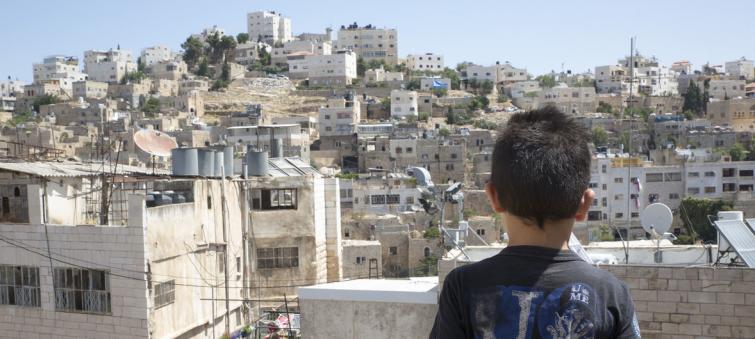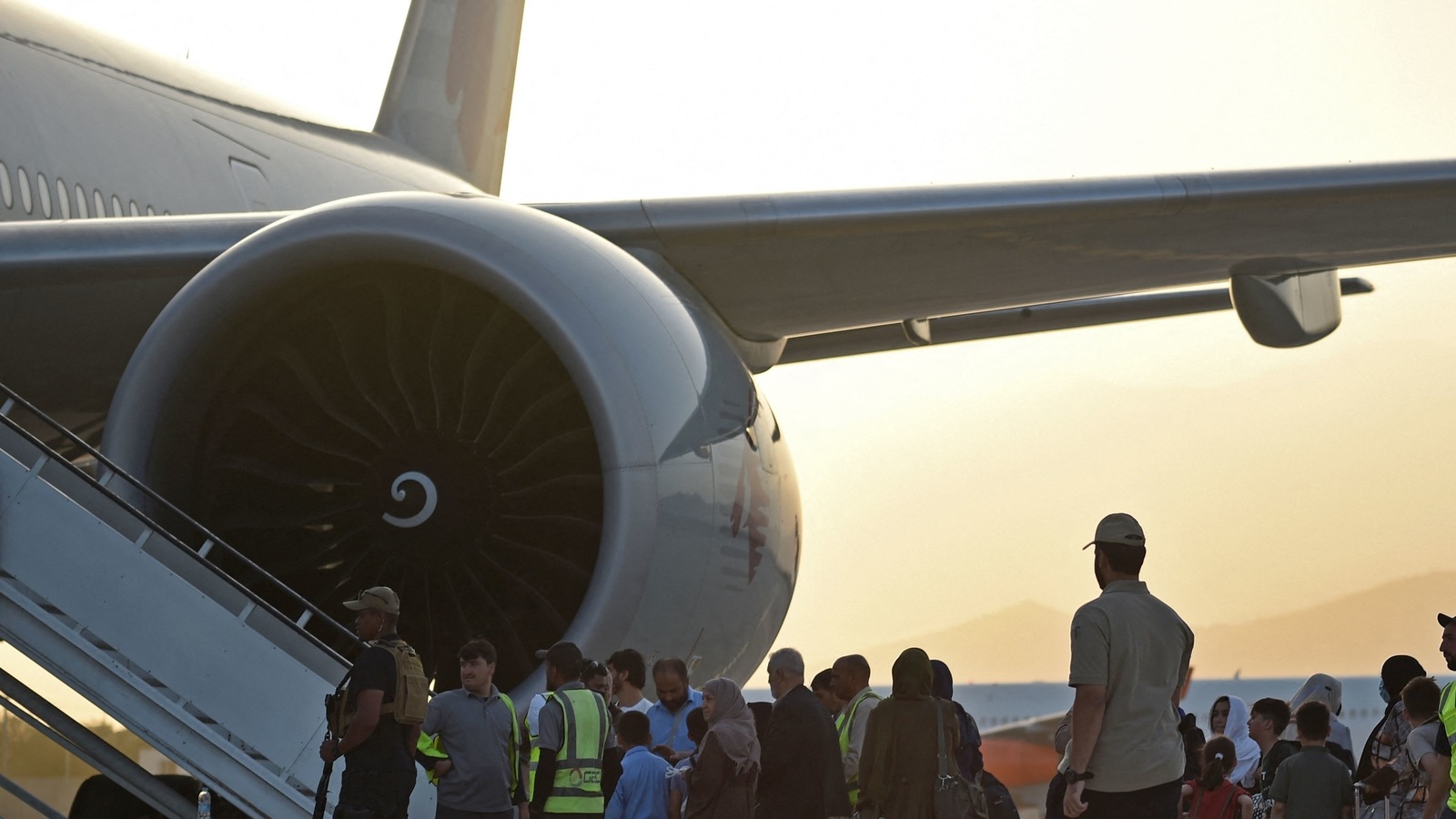US-Israel reach consensus on developing aid plan for Gaza civilians: Antony Blinken

US-Israel reach consensus on developing aid plan for Gaza civilians: Antony Blinken
Efforts to deliver humanitarian aid to conflict zones while preventing it from reaching extremist groups like Hamas are complex and challenging. In conflict-affected areas like Gaza, ensuring that aid reaches the intended civilian population requires a comprehensive strategy that considers various factors, including the volatile security situation and the presence of armed groups.
One common approach is the coordination of efforts between donor nations, multilateral organizations, and local authorities to ensure the effective and safe delivery of aid. This often involves establishing secure and designated areas where humanitarian aid can be distributed directly to civilians, minimizing the risk of diversion by militant groups.

In addition to the physical delivery of aid, it is crucial to implement robust monitoring and accountability mechanisms to track the distribution of resources and ensure that they reach the intended beneficiaries. Transparency and collaboration between all stakeholders, including international organizations, local NGOs, and relevant government agencies, play a vital role in this process.
Furthermore, the creation of safe zones to protect civilians from the ongoing conflict is a measure that has been implemented in various regions worldwide. These safe zones aim to provide temporary shelter and protection for vulnerable populations, shielding them from direct harm and violence. Establishing such areas requires careful coordination among relevant parties, including local authorities, security forces, and humanitarian organizations, to ensure the safety and security of those seeking refuge.

Ultimately, the success of any humanitarian aid plan in conflict zones depends on the commitment and cooperation of all involved parties, as well as the adherence to international humanitarian principles and laws. It is crucial to prioritize the well-being and protection of civilians, while simultaneously working to address the underlying causes of the conflict to achieve a sustainable and lasting resolution.
The situation you’ve described underscores the urgency of addressing the dire humanitarian crisis in Gaza, which has been exacerbated by the recent escalation of conflict and the subsequent blockade. The imposition of a total blockade on Gaza has undoubtedly intensified the suffering of the civilian population, leading to severe shortages of essential resources such as food, water, and fuel.
The consequences of such actions have a devastating impact on the lives and well-being of the people in Gaza, including the most vulnerable, such as patients in hospitals who rely on electricity for life-saving medical treatment. The lack of electricity not only jeopardizes the immediate health needs of patients but also poses a threat to the overall public health infrastructure in the region.

Efforts to mitigate these critical humanitarian challenges must prioritize the immediate delivery of essential supplies, including medical provisions, food, and fuel, to alleviate the suffering of the civilian population. The establishment of secure channels for the uninterrupted flow of humanitarian aid into Gaza, coupled with the provision of critical infrastructure support such as electricity, is crucial to addressing the pressing needs of the people and preventing further loss of life.
In this context, international cooperation and coordinated efforts among relevant stakeholders are essential to ensure the effective and efficient delivery of aid to those in need. Such collaborative initiatives should prioritize the protection of civilian lives and the respect for humanitarian principles, while also addressing the root causes of the conflict to achieve a sustainable solution for lasting peace and stability in the region.
The reported challenges at the border between Egypt and Gaza further compound the dire situation in the region, as it impedes the timely and much-needed delivery of aid to the Palestinian population. The closure of the Rafah crossing due to the impact of Israeli airstrikes on the Gaza side has exacerbated the already critical humanitarian crisis, hindering the flow of essential supplies into the enclave.
The mounting concerns about the humanitarian crisis in Gaza, coupled with the fear of the conflict escalating into a broader regional turmoil, underscore the need for urgent and concerted diplomatic efforts. It is imperative for the international community to prioritize de-escalation measures and work towards a sustainable ceasefire agreement to prevent further loss of life and to address the immediate needs of the affected civilian population.
Given the interconnected nature of the conflict, regional stakeholders must engage in dialogue and cooperation to prevent the situation from spiraling into a broader regional conflict. A comprehensive and inclusive diplomatic approach, involving key regional and global actors, is necessary to foster peace and stability in the region, while also addressing the root causes of the conflict through meaningful and constructive negotiations.
Moreover, the facilitation of the unhindered movement of humanitarian aid through all available border crossings is crucial to ensure that the basic needs of the Palestinian people in Gaza are met promptly. Efforts to unblock critical supply routes and establish secure channels for the delivery of aid are essential to alleviate the suffering and prevent the further deterioration of the humanitarian situation.
Ultimately, a sustainable and lasting resolution to the conflict requires a holistic approach that addresses the immediate humanitarian crisis while also addressing the underlying political, social, and economic grievances of all parties involved. This comprehensive strategy should prioritize the protection of civilian lives, respect for international humanitarian law, and the promotion of long-term peace and stability in the region.
The concerns expressed by the United States regarding the potential obstruction of humanitarian aid by Hamas in Gaza reflect the complex challenges associated with ensuring the effective delivery of assistance to those in need. The fear that Hamas might divert or prevent aid from reaching civilians underscores the critical importance of implementing robust monitoring mechanisms and security protocols to safeguard the distribution of humanitarian resources.
The commitment to condemn any actions by Hamas that hinder the delivery of aid to civilians in Gaza reinforces the international community’s dedication to upholding the principles of humanitarian assistance and protecting the well-being of vulnerable populations in conflict zones. By holding accountable any party that obstructs the flow of aid, the United States aims to ensure that humanitarian relief reaches its intended recipients and contributes to alleviating the suffering of the affected communities.
The disruption caused by air raid sirens during the talks between Secretary Blinken and Prime Minister Netanyahu serves as a stark reminder of the volatile and precarious security situation in the region. Such incidents highlight the urgent need for de-escalation efforts and a concerted focus on finding a peaceful resolution to the ongoing conflict, which continues to pose a threat to the lives and well-being of both Israeli and Palestinian civilians.
The involvement of high-level officials in direct talks underscores the gravity of the situation and the necessity for diplomatic engagement to address the root causes of the conflict. International diplomatic efforts, coupled with a commitment to fostering dialogue and negotiation, remain crucial to achieving a sustainable ceasefire and laying the groundwork for long-term peace and stability in the region.



